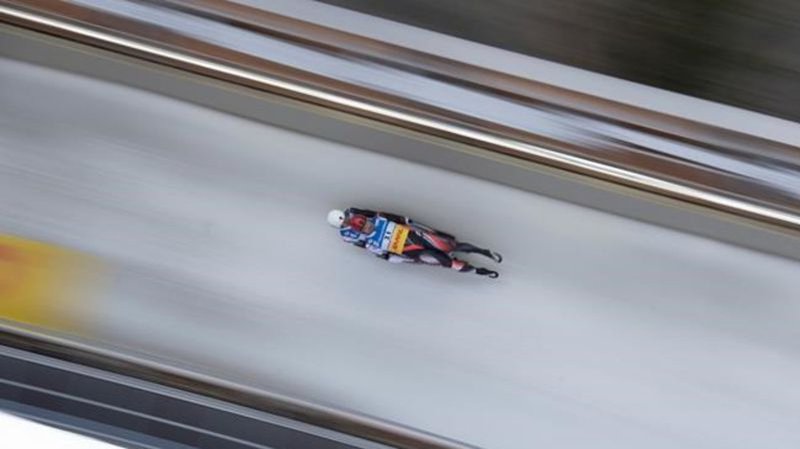
Next generation of Canadian luge recruits get a snowy, trackless start in Calgary
CALGARY — Tobogganing down a snowy hill isn’t how three-time Olympian Tristan Walker got his start in luge, but Luge Canada’s recruitment has come to that without access to a sliding track in Calgary.
A 100-metre snow course with two turns carved into a hillside at Canada Olympic Park is where children aged 10 to 14 are getting their first taste of luge in hopes they’ll like it.
Less than a kilometre to the west is the sliding track built for the 1988 Winter Olympics. It’s been closed for two years awaiting a $25-million renovation.
Sam Edney, now Luge Canada’s high-performance manager, and Walker were members of the Canadian team that won an Olympic relay silver medal three years ago in Pyeongchang, South Korea.
